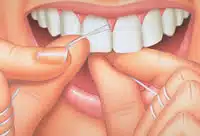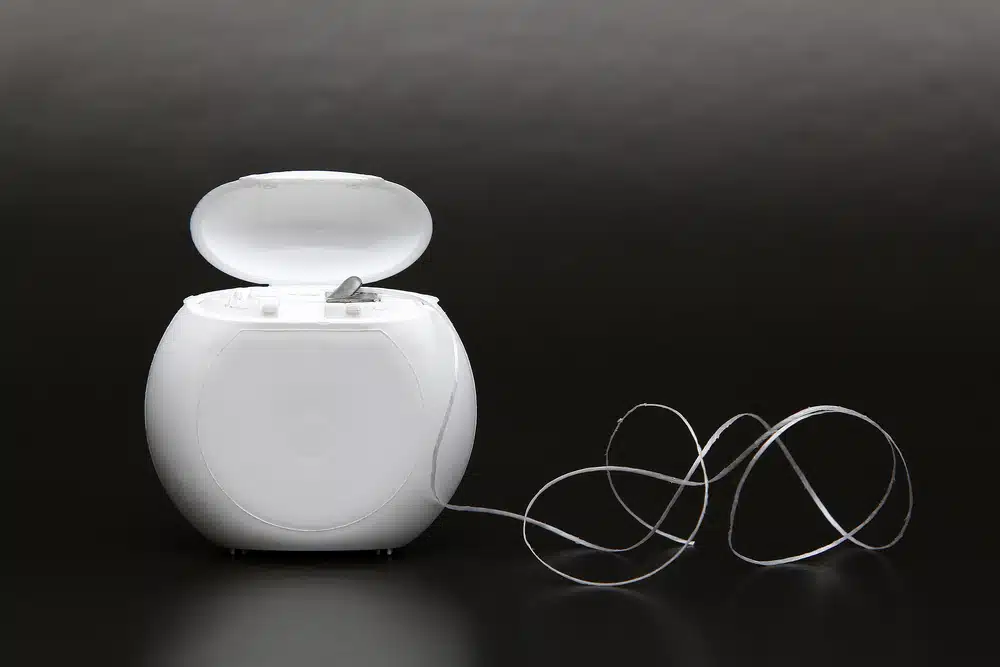Here is an interesting exchange I had with a patient not too long ago. I’m getting ready to start a cleaning after completing my examination. His gums are red (he has gingivitis), there is plaque visible, and I just know those gums will bleed when I start to clean them. I’d like to help him get this under control, but I suspect he doesn’t floss, so I ask “Do you floss?”
His answer: “Whenever I need to.”
I’m thinking: “That would be, like, EVERY DAY.” But instead I ask: “How often is that?”
He replies: “Whenever food becomes noticeably stuck between my teeth.”
I’m actually detecting just a little annoyance now, and then he says: “Yeah, every dentist I have ever been to mentions the flossing thing.”
Well, I suppose I could talk about his favorite color, or maybe something equally inane, like the weather — but somehow the ‘flossing thing’ seemed appropriate. And then it occurred to me, maybe that IS “flossing” for this guy. And how many others, I wondered?
Therefore, in my quest to help rid the world of gingivitis and periodontal disease, (which just may be the shared goal of “every other dentist” who has recommended flossing) I’d like to clarify a few points about what it is and what it isn’t. While floss is unquestionably effective at removing food particles from between your teeth, just picking out the occasional chunk of steak from between your teeth doesn’t classify as “flossing.”
Flossing involves taking a piece of floss – say, about eighteen inches or so – grasping it between your thumb and index finger (just a few inches apart), then holding it in a “C” shape against the side of your tooth. Pre-threaded flossers are just fine in my opinion. Use whatever you are most comfortable with and whatever will get you to floss regularly. Rub the floss up and down the sides of every tooth. You actually want to slide the floss under the gum line. This cleans out areas your toothbrush cannot effectively reach.

If you are just beginning to floss, you can expect your gums to bleed. Don’t let this ‘freak you out.’ A number of patients have said to me over the years “I tried flossing but it made my gums bleed, so I quit.” No. Bacteria, gingivitis, and nutritional deficiencies made your gums bleed. Flossing will help. You just need to stick with it until you notice less and less bleeding.
It is important to have your teeth and gums examined regularly. While gingivitis and periodontal disease are bad enough, there are a few even more serious conditions that could contribute to bleeding gums.
I actually could go on for quite a while about the many benefits to your overall health that flossing brings, but I’ll spare you for now. Or shall we just talk about the weather?





